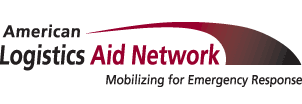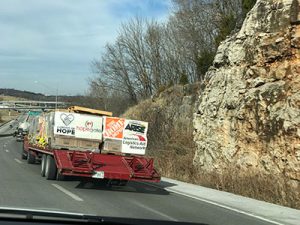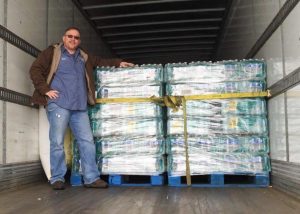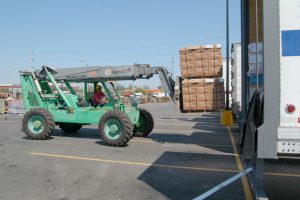During late March and early April many of you probably spent several hours watching March Madness, the Masters Tournament – or both. By contrast, I spent my time avidly following the 38th annual Barkley Marathons, where just a few weeks ago, history was made.
Even if you’re not a runner, this 100-mile, ultramarathon event is well worth a view, because the course is so long and difficult that only 20 individuals have ever succeeded in completing it. But this year it was especially inspiring because the race had a record five finishers, including the first-ever female finisher, Jasmin Paris. (I highly encourage you to check out a video of her finish, which she made with just 99 seconds to spare.)
As I viewed the race, it got me to thinking how much the world’s recent disasters have felt a lot like their own version of the Barkley Marathons.
For one thing, they’ve been far more challenging than many of the other marathons – aka disasters – that have come before them, at least economically speaking: The last three years of weather-related disasters alone have accounted for 20% of the total losses in the past 43 years (since NOAA began tracking this information), while the last seven years (since the triple whammy of Harvey, Irma, and Maria) have accounted for 41% of losses. And yes, all you economic nerds, the dollars are CPI adjusted!
For another, they’ve seemed to be especially relentless. Much like Barkley’s participants, just when we started to recover and adapt to what was being thrown our way, Mother Nature (and human behavior) frequently asked us to run another long and difficult lap in the form of things like hurricanes in the desert, fires in the tropics, droughts, hail, tornadoes, floods, wars and bridge collapses.
Furthermore, just as the Barkley course – five, 20-mile(ish) laps that feature steep elevation and poorly marked trails – has famously caused most competitors to throw in the towel long before the finish line, these recent disasters have proven to be highly effective at wearing many of us down and chipping away at our resilience.
That’s why it’s especially important for all of us to find ways to get even more race-ready this year.
Part of that means finding great training partners and touching base with them often, much like we at ALAN do in the form of the bi-weekly calls we have with our association partners and the regular calls we host for the non-profit and business community. I can’t even begin to tell you how much I’ve come to look forward to these calls – and the opportunity to bounce questions, ideas and concerns off these amazing groups.
It also means ensuring you have the right race-day resources ready. A good place to start might be by signing up for ALAN’s free Supply Chain Intelligence Center. It contains multiple data points about the latest disasters and their supply chain impacts, so that you can plot your company’s post-disaster supply chain course more easily.
And of course, it means sticking to a healthy and consistent training regimen – and beginning to prepare now rather than waiting until the last minute.
As the starting line of Hurricane Season 2024 approaches, I’m trying to ensure ALAN gets our training miles in, but also that we are rested and ready before it is time to lace up and attempt this year’s course. If we stick together, maybe, like the record number of finishers in Barkley 2024, we can make history – in a really good way.
Kathy Fulton
Executive Director
American Logistics Aid Network





